Overshadowed. Leonardo da Vinci and Bernardino Luini 44260
This book examines a selection of paintings by Bernardino Luini (ca. 1480/85–1532) that were influenced by Leonardo da Vinci (1452–1519). Comparative analysis shows that Luini, from adopting Leonardo’s compositions and motifs, went on to incorporate elements of his style and expression in a group of works dating to the 1520s. These are the focus of the book. In imitating Leonardo, Luini traded complexity for clarity, simplifying his manner and making it accessible to a broad audience undifferentiated by age, gender, or class.
The artist’s method of popularizing Leonardo, however, led to criticism of his works as merely derivative, but that fails to consider their function as devotional images. Beyond church teachings and practices, little is known about how ordinary viewers looked at religious art in this period. Their responses are not recorded. But Luini’s paintings themselves provide clues, like the foregrounding of the figures and their interaction with each other and the beholder, to indicate how they served a devotional purpose. The artist may not have been an intellectual like Leonardo, but the thinking inherent in his works is absolutely coherent and consistent. Their clear organization and unequivocal meaning effectively communicate the religious message he sought to convey.
This book revisits the idea that Leonardo da Vinci was the essential inspiration for his younger contemporary Bernardino Luini. Instead of a broad notion of Leonardo’s influence, however, the book offers a more complex understanding of the relation between the two artists, one that seeks to account for Luini’s much-criticized lack of originality vis-a-vis the older master. In one artistic category in which Leonardo offered few models – devotional images of the Passion of Christ – Andrea Solario, himself influenced by Leonardo, had a decisive impact on Luini. Solario’s influence complemented Leonardo’s, enabling Luini to set a new standard for depicting a broad range of sacred subjects.
The artist’s method of popularizing Leonardo, however, led to criticism of his works as merely derivative, but that fails to consider their function as devotional images. Beyond church teachings and practices, little is known about how ordinary viewers looked at religious art in this period. Their responses are not recorded. But Luini’s paintings themselves provide clues, like the foregrounding of the figures and their interaction with each other and the beholder, to indicate how they served a devotional purpose. The artist may not have been an intellectual like Leonardo, but the thinking inherent in his works is absolutely coherent and consistent. Their clear organization and unequivocal meaning effectively communicate the religious message he sought to convey.
This book revisits the idea that Leonardo da Vinci was the essential inspiration for his younger contemporary Bernardino Luini. Instead of a broad notion of Leonardo’s influence, however, the book offers a more complex understanding of the relation between the two artists, one that seeks to account for Luini’s much-criticized lack of originality vis-a-vis the older master. In one artistic category in which Leonardo offered few models – devotional images of the Passion of Christ – Andrea Solario, himself influenced by Leonardo, had a decisive impact on Luini. Solario’s influence complemented Leonardo’s, enabling Luini to set a new standard for depicting a broad range of sacred subjects.
У цій книзі розглядається добірка картин Бернардіно Луїні (приблизно 1480/85–1532), на які вплинув Леонардо да Вінчі (1452–1519 Порівняльний аналіз показує, що Луїні, перейнявши композиції та мотиви Леонардо, продовжував включати елементи свого стилю та вираження в група робіт, що датуються 1520-ми рокам Це в центрі уваги книги, наслідуючи Леонардо, Луїні обміняв складність на ясність, спростивши свою манеру та зробивши її доступною для широкої аудиторії, недиференційованої за віком, статтю чи класо Метод популяризації Леонардо художником, однак, призвів до критики його робіт як просто похідних, але це не враховує їх функцію як релігійні образи Поза церковними вченнями та практиками, мало що відомо про те, як звичайні глядачі дивилися на релігійне мистецтво в цей періо Їхні відповіді не записан Але самі картини Луїні дають підказки, як-от передній план фігур і їхня взаємодія один з одним і з глядачем, щоб вказати, як вони служили відданій мет Художник, можливо, не був інтелектуалом, як Леонардо, але мислення, притаманне його роботам, є абсолютно послідовним і послідовни Їхня чітка організація та недвозначне значення ефективно передають релігійне послання, яке він прагнув передат Ця книга повертається до ідеї, що Леонардо да Вінчі був основним джерелом натхнення для свого молодшого сучасника Бернардіно Луїні, а не до широкого уявлення про вплив Леонардо, однак книга пропонує більш складне розуміння стосунків між двома художниками той, який прагне пояснити критиковану Луїні відсутність оригінальності по відношенню до старшого майстер В одній мистецькій категорії, в якій Леонардо запропонував кілька моделей – релігійних образів Страстей Христових – Андреа Соларіо, сам під впливом Леонардо, мав вирішальний вплив на вплив ЛуїніСоларіо доповнив вплив Леонардо, дозволивши Луїні встановити новий стандарт для зображення широкого кола священних сюжетів.
- АвторDavid Alan Brown
- КатегоріяКультура та мистецтво
- МоваАнглійська
- Рік2023
- Сторінок96
- Формат220х280 мм
- ОбкладинкаТверда
- Тип паперуКрейдований
- ІлюстраціїКольорові
- ЖанрМистецтвознавствоОбразотворче мистецтво
- Вік16+
1770 ₴
Відділення Нова Пошта80 ₴
Поштомат Нова Пошта40 ₴
Кур’єр Нова Пошта120 ₴
Відділення УкрПошта50 ₴
Кур’єр за адресою90 ₴

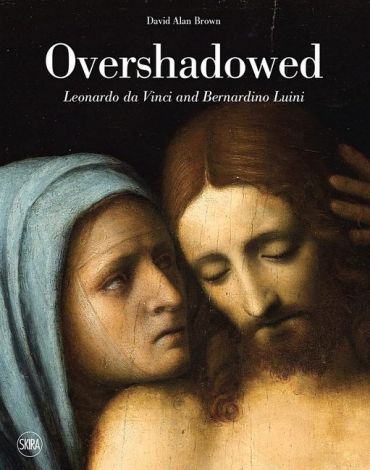
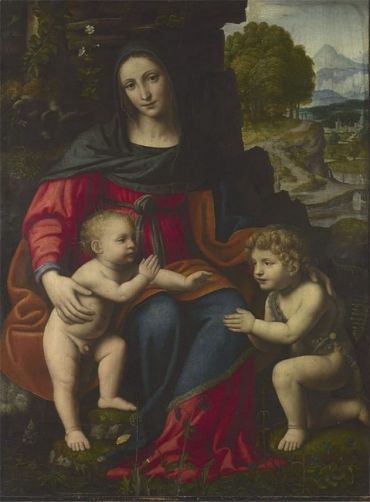
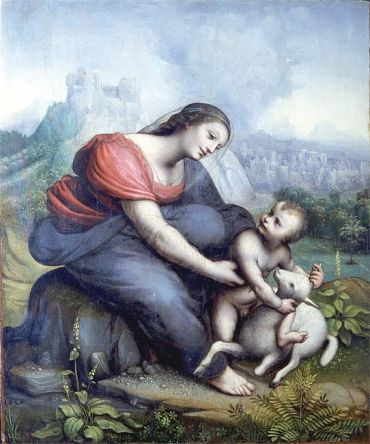
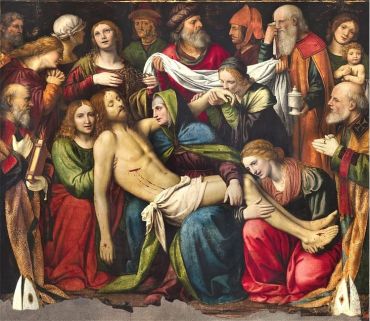
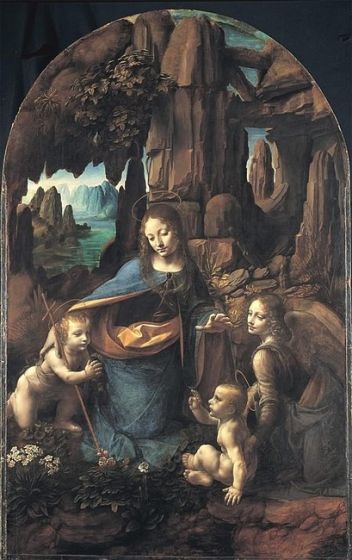
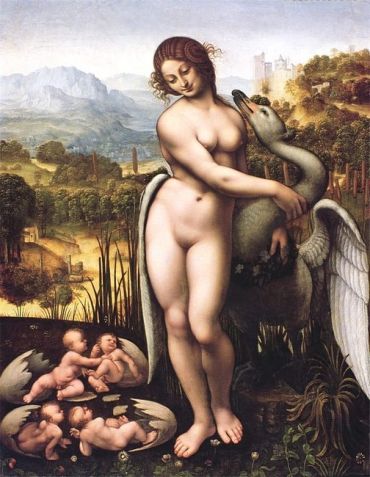
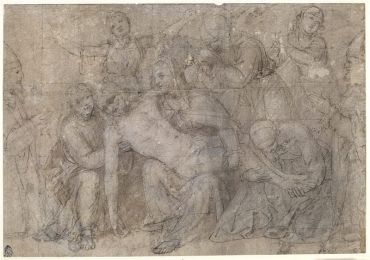



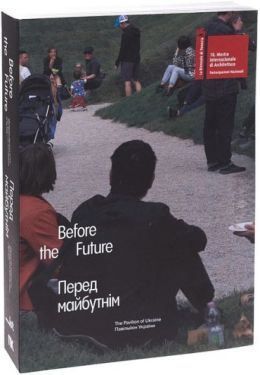

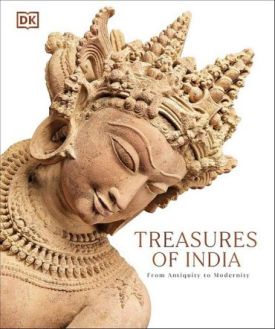


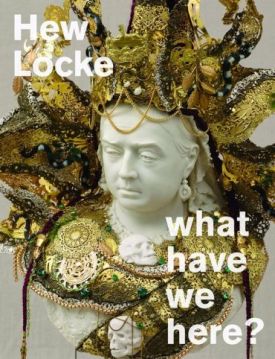



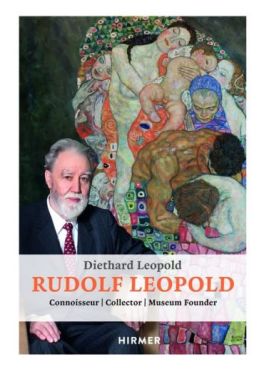
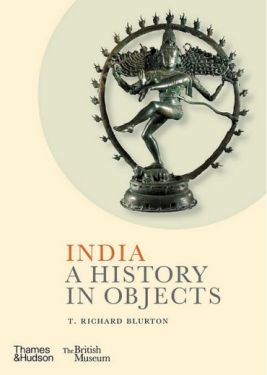




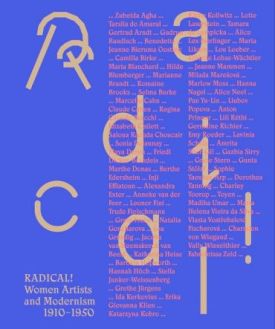
допоможіть тим, хто ще не читав